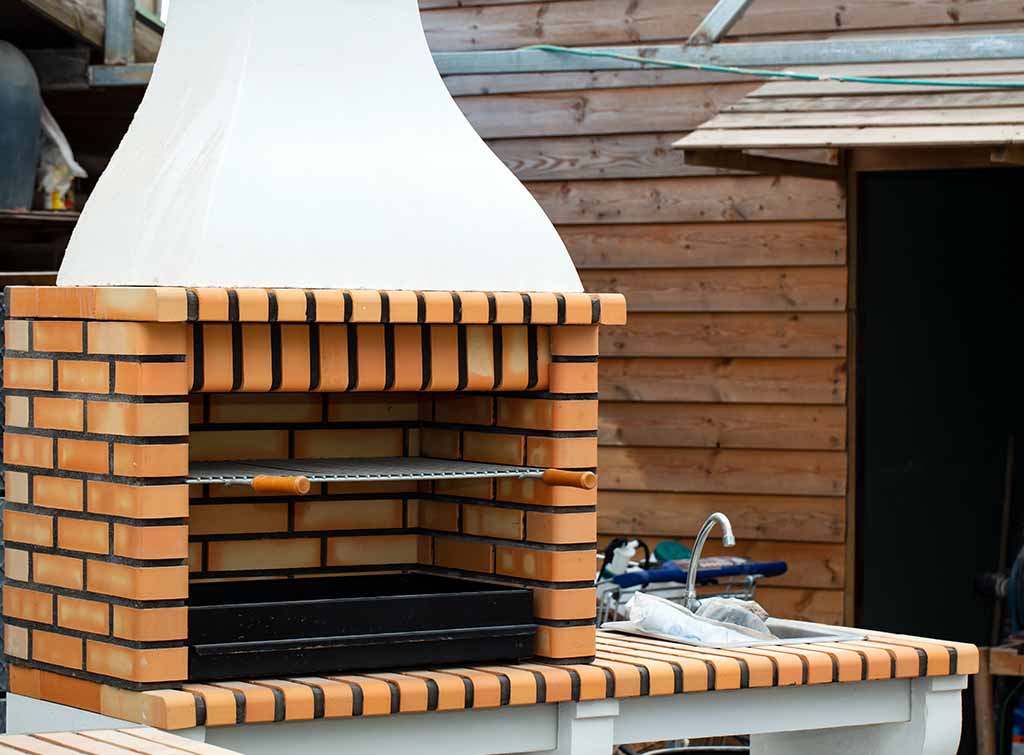Blog>Questions>Why have a recirculating cooker hood fitted in my kitchen?
Last updated: 9 August 2023
Why have a recirculating cooker hood fitted in my kitchen?
Recirculating cooker hoods pass air through filters to remove grease, moisture and odours from the air, before circulating it back into your kitchen. This process is repeated constantly whenever the recirculating cooker hood is switched on. Most recirculating cooker hoods will use a grease filter
Recirculating cooker hoods pass air through filters to remove grease, moisture and odours from the air, before circulating it back into your kitchen. This process is repeated constantly whenever the recirculating cooker hood is switched on.
Most recirculating cooker hoods will use a grease filter together with a charcoal filter to remove grease and neutralise smells and smoke in the air.
The alternative option is a vented extraction cooker hood, which tends to be the more popular option for homeowners. An extractor cooker hood removes the air from the kitchen and expels it outdoors via a vent.
Pros and cons of a recirculating cooker hood
If you're thinking about fitting a recirculating cooker hood in your kitchen, here are some of the pros and cons to consider...
Pros:
Recirculating cooker hoods are usually cheaper than the extraction hoods
Installing a recirculating cooker hood is quicker and easier than a vented extractor hood
Ideal for a cooker that isn't positioned close to an outside wall
Cons:
Filters need to be replaced regularly to keep the cooker hood functioning effectively
A recirculating cooker hood is typically a little louder and less efficient than an extractor hood
They usually require more maintenance than an extractor fan
Want to find out more about recirculating cooker hoods? Find the best cooker hood experts in your area with our quick and easy online search.
See the tradespeople we've checked and recommend for your job
See the tradespeople we've checked and recommend for your job
